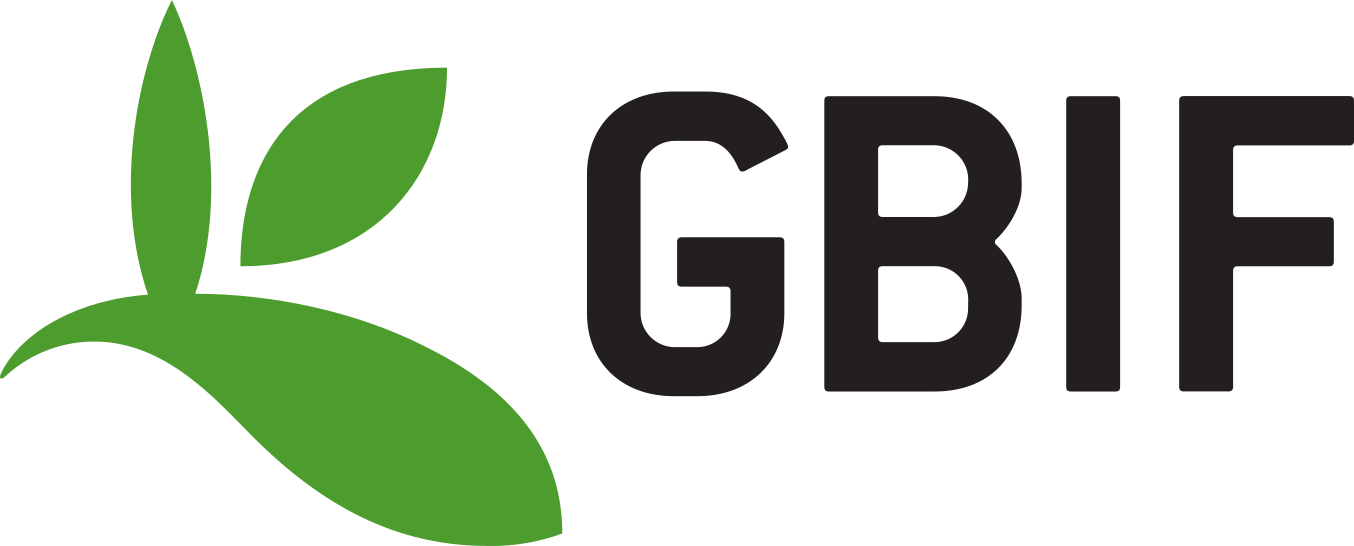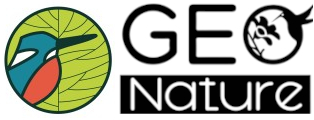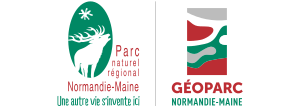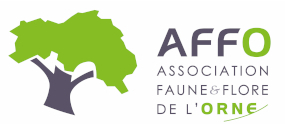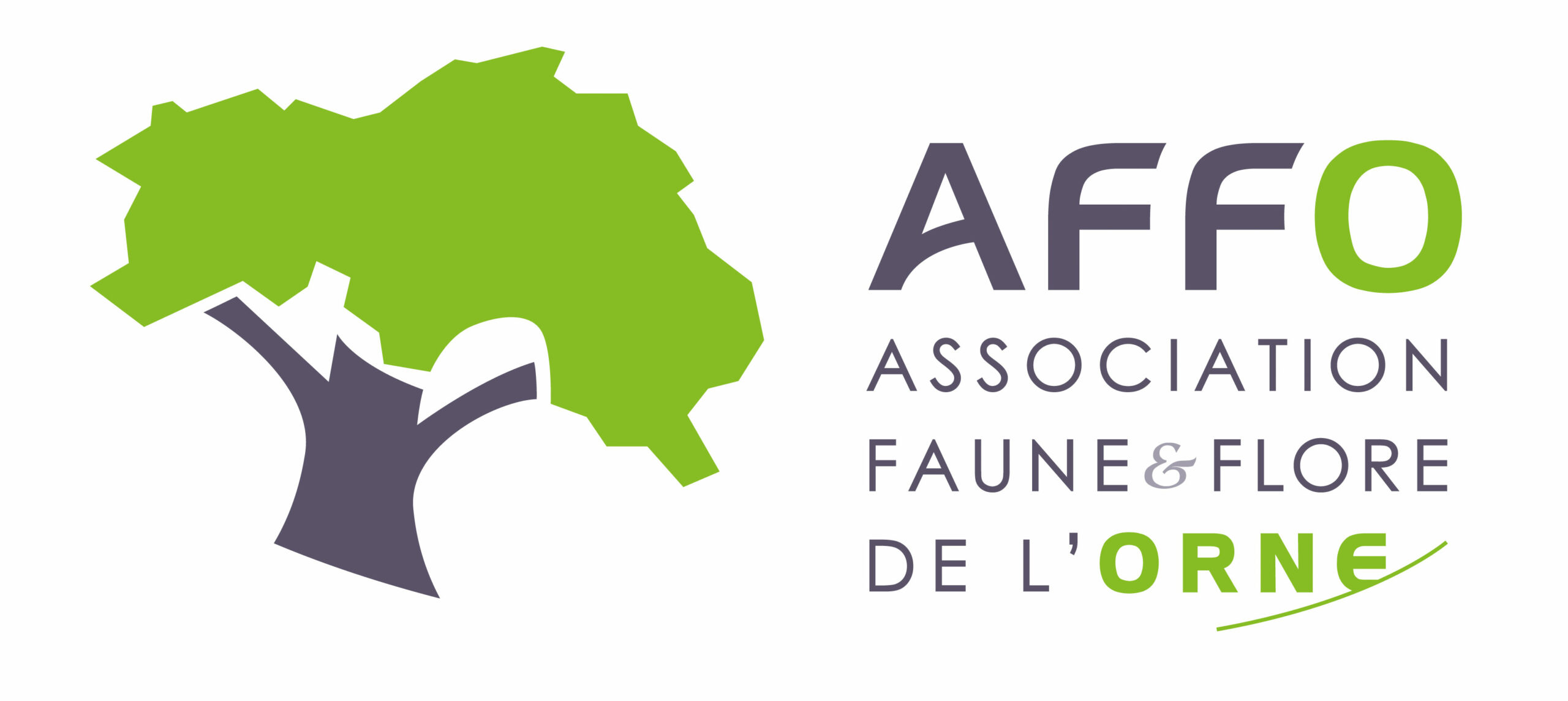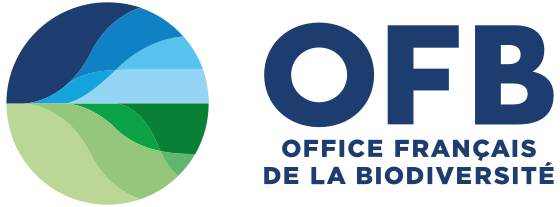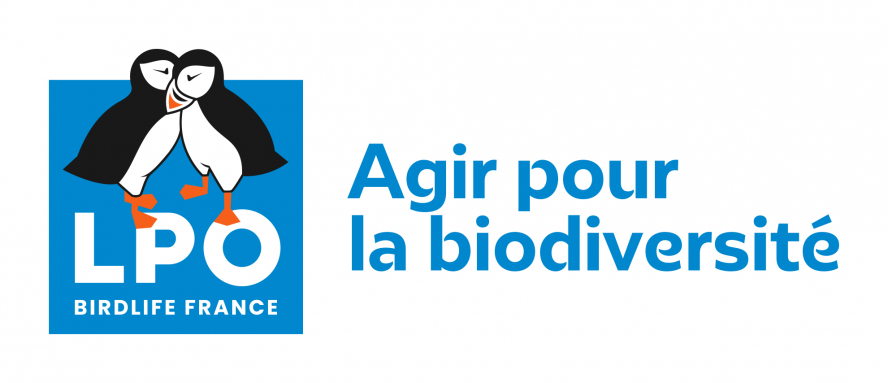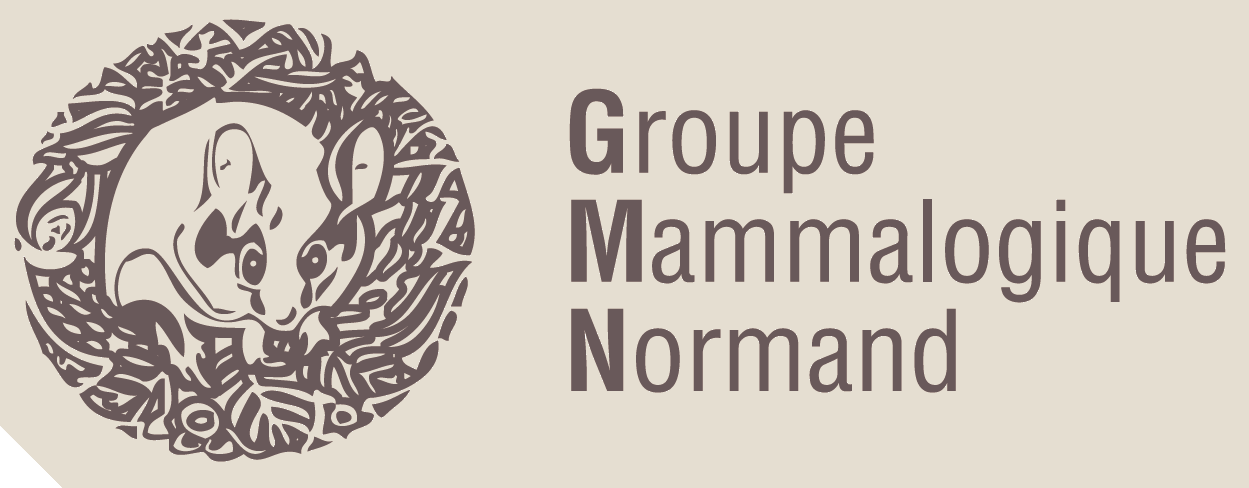Où cette espèce a-t-elle été observée ?
 Attention : cette espèce peut être présente où il n’y a pas de maille, mais à ce jour elle n’y a pas encore été observée.
Attention : cette espèce peut être présente où il n’y a pas de maille, mais à ce jour elle n’y a pas encore été observée.
- 259 observations
-
87
communes -
49
observateurs
18
organismes -
Première observation
1978 -
Dernière observation
2025
Appenai-sous-Bellême - Arcisses - Argenvilliers - Authon-du-Perche - Bazoches-sur-Hoëne - Beaulieu - Belforêt-en-Perche - Bellavilliers - Bellême - Bellou-le-Trichard - Béthonvilliers - Bizou - Boëcé - Bretoncelles - Ceton - Champrond-en-Gâtine - Champrond-en-Perchet - Chapelle-Guillaume - Chapelle-Royale - Charencey - Combres - Corbon - Courgeon - Courgeoût - Cour-Maugis sur Huisne - Crulai - Dame-Marie - Feings - Igé - Irai - Jaudrais - La Bazoche-Gouet - La Chapelle-Montligeon - La Chapelle-Souëf - La Ferté-Vidame - La Framboisière - La Gaudaine - La Loupe - La Mesnière - La Ventrouze - Le Pas-Saint-l'Homer - Les Aspres - Les Étilleux - Les Genettes - Les Ressuintes - L'Hôme-Chamondot - Loisail - Longny les Villages - Luigny - Manou - Mauves-sur-Huisne - Montgaudry - Montlandon - Moulhard - Moutiers-au-Perche - Nogent-le-Rotrou - Nonvilliers-Grandhoux - Perche en Nocé - Pervenchères - Rémalard en Perche - Réveillon - Sablons sur Huisne - Saint-Aquilin-de-Corbion - Saint-Cyr-la-Rosière - Saint-Denis-des-Puits - Sainte-Céronne-lès-Mortagne - Saint-Éliph - Saint-Fulgent-des-Ormes - Saint-Germain-de-la-Coudre - Saint-Germain-de-Martigny - Saint-Hilaire-le-Châtel - Saint-Hilaire-sur-Erre - Saintigny - Saint-Jean-Pierre-Fixte - Saint-Jouin-de-Blavou - Saint-Mard-de-Réno - Saint-Martin-des-Pézerits - Saint-Martin-du-Vieux-Bellême - Saint-Ouen-de-Sécherouvre - Saint-Victor-de-Buthon - Senonches - Tourouvre au Perche - Trizay-Coutretot-Saint-Serge - Val-au-Perche - Vaunoise - Verrières - Vichères
-
PNR du Perche
Participation à 85 Observations
Part d'aide à la prospection : 32.82 %
Fiche organisme
-
Association Faune & Flore de l'Orne (AFFO)
Participation à 65 Observations
Part d'aide à la prospection : 25.10 %
Fiche organisme
-
Fédération Nationale des Chasseurs de France
Participation à 30 Observations
Part d'aide à la prospection : 11.58 %
Fiche organisme
-
Office Français de la Biodiversité (OFB)
Participation à 30 Observations
Part d'aide à la prospection : 11.58 %
Fiche organisme
-
Ministère de la Transition écologique et de la Cohésion des territoires
Participation à 15 Observations
Part d'aide à la prospection : 5.79 %
Fiche organisme
-
Groupe Mammalogique Normand (GMN)
Participation à 15 Observations
Part d'aide à la prospection : 5.79 %
Fiche organisme
-
UMS PatriNat (OFB-CNRS-MNHN)
Participation à 13 Observations
Part d'aide à la prospection : 5.02 %
Fiche organisme
-
Société française pour l'étude et la protection des mammifères (SFEPM)
Participation à 12 Observations
Part d'aide à la prospection : 4.63 %
Fiche organisme
-
Muséum national d'Histoire naturelle (MNHN)
Participation à 12 Observations
Part d'aide à la prospection : 4.63 %
Fiche organisme
-
DREAL Centre-Val de Loire
Participation à 7 Observations
Part d'aide à la prospection : 2.70 %
Fiche organisme
-
France Nature Environnement Centre-Val de Loir
Participation à 6 Observations
Part d'aide à la prospection : 2.32 %
Fiche organisme
-
Système mondial d’information sur la biodiversité (GBIF)
Participation à 4 Observations
Part d'aide à la prospection : 1.54 %
Fiche organisme
-
Association ATHENA
Participation à 4 Observations
Part d'aide à la prospection : 1.54 %
Fiche organisme
-
PNR et géoparc mondial UNESCO Normandie-Maine
Participation à 4 Observations
Part d'aide à la prospection : 1.54 %
Fiche organisme
-
Eure-et-Loir Nature
Participation à 3 Observations
Part d'aide à la prospection : 1.16 %
Fiche organisme
-
Conservatoire d'espaces naturels du Centre-Val de Loire (CEN CVL)
Participation à 3 Observations
Part d'aide à la prospection : 1.16 %
Fiche organisme
-
Conseil départemental de l'Orne (bureau ENS)
Participation à 1 Observation
Part d'aide à la prospection : 0.39 %
Fiche organisme
Informations espèce
Répartition actuelle en France métropolitaine
© INPN - Avertissement : les données visualisables reflètent l'état d'avancement des connaissances et/ou la disponibilité des données existantes au niveau national : elles ne peuvent en aucun cas être considérées comme exhaustives.
Répartition actuelle dans le monde
Avertissement : les données visualisables reflètent l'état d'avancement des connaissances et/ou la disponibilité des données existantes au niveau mondial : elles ne peuvent en aucun cas être considérées comme exhaustives.



